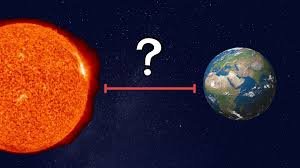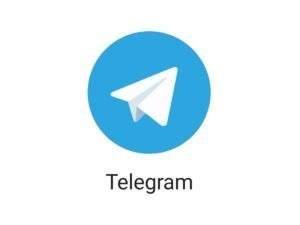Distance Between the Sun and the Earth: An Astronomical Perspective
The Earth’s Orbital Path
The Earth’s journey around the Sun is elliptical, causing the distance between the two to change throughout the year. This elliptical orbit results in varying distances due to the Earth’s position along its path.
Average Distance Between the Sun and the Earth
On average, the Earth is 93 million miles (150 million kilometers) from the Sun, a distance defined as one astronomical unit (AU). This unit is crucial for measuring distances within our solar system and beyond.
Distance’s Effect on Seasons
The Earth’s changing distance from the Sun does not cause the seasons. Instead, the tilt of the Earth’s axis leads to the seasonal variations. When one hemisphere tilts towards the Sun, it experiences summer, while the opposite hemisphere experiences winter.
Aphelion and Perihelion
The Earth reaches perihelion, its closest point to the Sun, in early January, and aphelion, its farthest point, in early July. At aphelion, the Earth is about 152.1 million kilometers from the Sun, while at perihelion, it is approximately 147.1 million kilometers away.
The Range of Distance
The difference between perihelion and aphelion is about 5 million kilometers. Despite these fluctuations, the average distance remains around 1 AU. This variation is relatively minor and goes unnoticed in daily life.
Current Distance from the Sun to the Earth
Currently, the Earth is about 149,203,714 kilometers (0.997356 AU) from the Sun. These minor variations are meticulously tracked by astronomers to enhance understanding of the Earth’s orbit.

Why This News is Important
Educational Significance
Understanding the distance between the Earth and the Sun is fundamental in astronomy and essential for students preparing for competitive exams. It forms the basis for comprehending planetary movements and space measurements.
Impact on Seasonal Studies
Clarifying misconceptions about what causes seasons is crucial. The knowledge that the Earth’s axial tilt, not its distance from the Sun, influences seasons is important for students in geography and science subjects.
Relevance to Current Affairs
Keeping abreast of such astronomical facts aids students in staying informed about ongoing scientific discussions. It enhances their general knowledge, which is beneficial for various government exams.
Critical for Exam Preparation
Detailed knowledge about celestial mechanics, such as the Earth’s orbit and its implications, is often part of the syllabus for exams like UPSC, SSC, and other competitive tests. It helps in answering questions related to geography and science.
Enhances Analytical Skills
Understanding the intricacies of Earth’s orbit fosters analytical thinking and a better grasp of complex scientific phenomena. This analytical ability is crucial for success in exams requiring critical thinking and problem-solving skills.
Historical Context
Evolution of Astronomical Units
The concept of an astronomical unit (AU) was developed to simplify the measurement of vast distances in space. Historically, it has been crucial for advancing our understanding of the solar system.
Kepler’s Laws of Planetary Motion
Johannes Kepler’s laws, formulated in the early 17th century, describe the elliptical orbits of planets. These laws laid the groundwork for understanding the variations in Earth’s distance from the Sun.
Advances in Measurement Techniques
Over centuries, advancements in technology, from telescopes to space probes, have refined our measurements of the distance between the Earth and the Sun. These improvements have enhanced our understanding of the solar system’s dynamics.
Key Takeaways from Distance Between the Sun and the Earth
| Serial No. | Key Takeaway |
|---|---|
| 1 | Earth’s orbit around the Sun is elliptical, not circular. |
| 2 | The average distance from Earth to the Sun is 1 astronomical unit (AU). |
| 3 | Seasons are caused by the tilt of the Earth’s axis, not its distance from the Sun. |
| 4 | Perihelion and aphelion mark the closest and farthest points of Earth’s orbit from the Sun. |
| 5 | The current distance between the Earth and the Sun is approximately 149.2 million kilometers. |
Important FAQs for Students from this News
1. What is the average distance between the Earth and the Sun?
The average distance between the Earth and the Sun is about 93 million miles or 150 million kilometers, known as one astronomical unit (AU).
2. What are perihelion and aphelion?
Perihelion is the point in Earth’s orbit where it is closest to the Sun, occurring in early January. Aphelion is the farthest point from the Sun, occurring in early July.
3. Do the variations in Earth’s distance from the Sun cause the seasons?
No, the seasons are caused by the tilt of the Earth’s axis, not the varying distance from the Sun.
4. How is the current distance between the Earth and the Sun measured?
The current distance is measured using astronomical observations and precise calculations, currently about 149,203,714 kilometers (0.997356 AU).
5. Why is understanding the distance between the Earth and the Sun important?
It is crucial for astronomy, understanding planetary motions, and is often part of competitive exams’ syllabus for various government positions.
Some Important Current Affairs Links


















